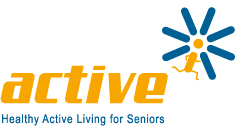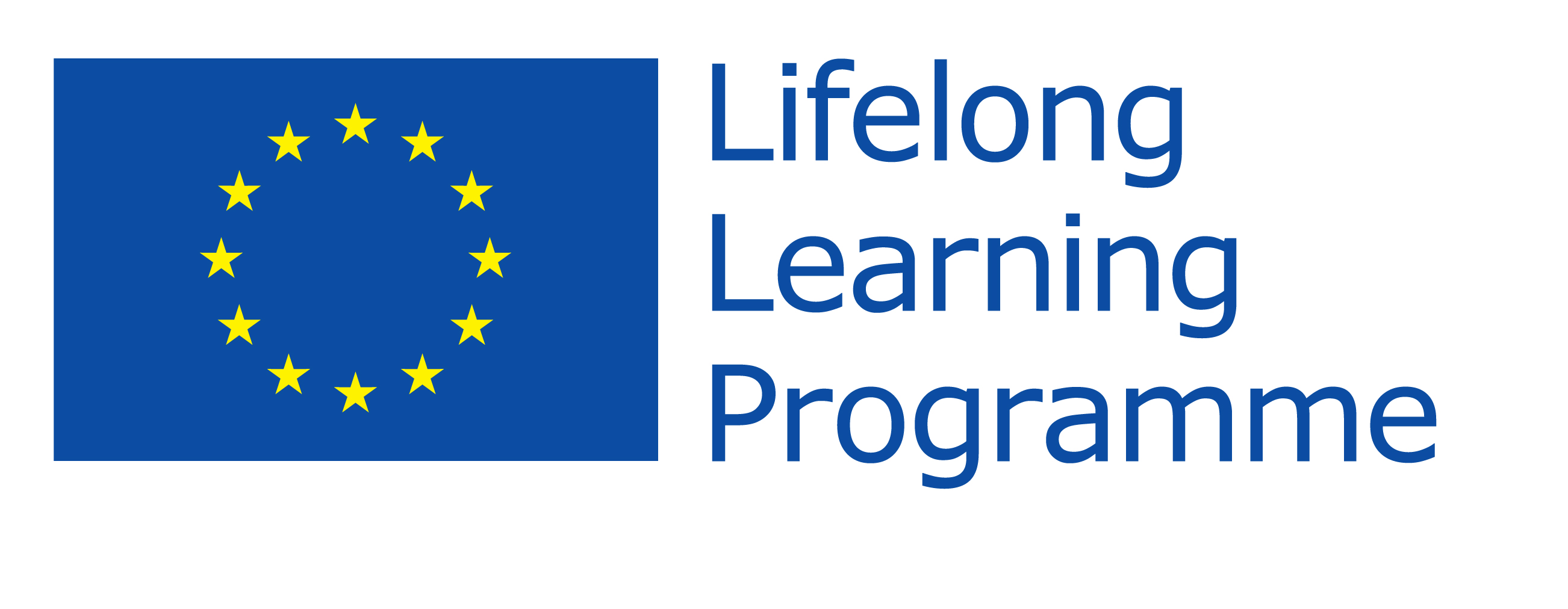| Are you satisfied with your overall peace of mind? |
Are you satisfied with your overall peace of mind?
Eye Roll Breathing Relaxation technique, meditation.
Find a comfortable place where you can relax. Be comfortable but keep your back straight, feet flat on the floor, and with 90 degree angles at the knees and hips. You can leave your hands on your lap. Your head should be in a neutral position and your eyes should be closed. Make sure you are safe and in a situation where you do not need to have your eyes open. Read through the technique a few times to get familiar with it. Put on a soft quiet alarm to help you know when to stop.
-
Physical relaxation.
- Flex your arms and gently make fists of your hands. Inhale through your nose. While doing so look up with your eyes (do not move your head) and gently hold your breath. Then exhale through your mouth. Let your gaze drop to a normal level and relax your arms. Open out your fingers and place them on your lap or the arms of the chair.
- Close your eyes tightly and clench your teeth. Look up. Inhale. Hold your breath and exhale long and slowly while relaxing your gaze and opening your eyes and relaxing your jaw.
- Raise your shoulders. Inhale. Look up. Hold. Relax your shoulders. Exhale. Relax your gaze. (make sure you let your shoulders drop down.)
- Gently flex the muscles in your abdomen and lower back (check for back pain). Look up. Inhale. Hold and then relax your muscles at the same time exhaling and dropping your gaze.
- Flex the muscles of both legs. Look up. Inhale. Hold and relax your muscles. Exhale and relax your gaze.
- Flex your feet and toes. Inhale. Look up. Hold and exhale. Relax your feet and relax your gaze.
- Mental Relaxation.
Close your eyes. Bring your mind into the here and now by listening to the sounds in your environment. Pick out five sounds and listen briefly to each. Now pick out five sensations outside the surface of your body and pay atention to each sensation, for example, the seat under you as it supports you or the temperature of the air as you breath, etc. Now pick out five internal sensations, for example, the different sets of muscles relaxing at different times. Compare and contrast the feelings of heavyness or lightness in your arms and legs.
- Count backwards from 21.
Count slowly up and down from 21, counting down to 14 first, and then back up to 21. Open your eyes. Close your eyes, then count down from 21 to 7 and back up. Open your eyes. Close your eyes and then count all the way down to zero.
- Focus on the pleasant feelings and sensations of relaxaton in your body for a few moments.
Focus on your breath where it leaves and enters your body through your nostrils. Thoughts will come. When they do simply watch them and let them go. Refocus on your breath. Meditation is the exercise of focus and refocus. Do this for about 5 minutes to start with and then work up to 15 to 20 minutes over the weeks.
- Count out slowly from 1 to 10 to awaken.
Count slowly from 1 to 10 and open your eyes feeling fine.
(Lavelle,D. (2014) Eye Roll Breathing Relaxation technique, meditation. Unpublished resource).
|
| Are you satisfied with your levels of physical relaxation? |
Are you satisfied with your levels of physical relaxation?
Eye Roll Breathing Relaxation technique.
You can practice this relaxation technique while lying down or comfortably sitting upright. Make sure you are safe and in a situation where you do not need to have your eyes open. Read through the technique a few times to get familiar with it. Put on a soft quiet alarm to know when to stop.
-
Physical relaxation.
- Flex your arms and gently make fists of your hands. Inhale through your nose. While doing so look up with your eyes (do not move your head) and hold your breath gently then exhale through your mouth. Let your gaze drop to a normal level and relax your arms. Open out your fingers and place them on your lap or the arms of the chair.
- Close your eyes tightly and clench your teeth. Look up. Inhale. Hold and exhale long and slowly while relaxing your gaze, opening your eyes, and relaxing your jaw.
- Raise your shoulders. Inhale. Look up. Hold. Relax your shoulders. Exhale. Relax your gaze. (make sure you let your shoulders drop down.)
- Gently flex the muscles in your abdomen and lower back (check for back pain). Look up. Inhale. Hold and then relax your muscles at the same time while exhaling and dropping your gaze.
- Flex the muscles of both legs. Look up. Inhale. Hold and relax muscles. Exhale and relax your gaze.
- Flex your feet and toes. Inhale. Look up. Hold and exhale. Relax your feet and relax your gaze.
-
Mental Relaxation.
Close your eyes. Bring your mind into the here and now by listening to the sounds in your environment. Pick out five sounds and listen briefly to each. Now pick out five sensations outside the surface of your body and pay atention to each sensation, for example, the seat under you as it supports you, or the temperature of the air as you breath, etc. Now pick out five internal sensations, for example, different sets of muscles relaxing at different times. Compare and contrast the feelings of heavyness or lightness in your arms and legs.
-
Count backwards from 21.
Slowly count up and down from 21 counting down to 14 first then back up to 21. Open your eyes. Close your eyes, then count down from 21 to 7 and back up. Open your eyes and close your eyes. Then count all the way down to zero.
-
Focus on the pleasant feelings and sensations of relaxation in your body for a few moments.
Focus on the sensations of relaxation. Make sure to only focus on the sensations or feelings in the now. Hear in the now through your body. Spend a few minutes in this state. Focus your mind on any parts of the body you want to relax more and just observe what happens.
-
Count out slowly from 1 to 10 to awaken.
Count slowly from 1 to 10 and open your eyes feeling fine.
(Lavelle,D. (2014) Eye Roll Breathing Relaxation technique, unpublished resource).
|
| How satisfied are you with your life balance? |
How satisfied are you with your life balance?
Social wellbeing. Social wellbeing is the quality of our social life. See question 3 in this section.
Physical wellbeing. Physical wellbeing includes fitness and health. See the other sections on exercise and nutrition for good advice.
Purpose. Purpose is how we spend our time and what we do in that time. During our working life our career is usually our purpose. When we retire it may prove more difficult to find purpose. Sometimes we don’t need a purpose when we retire but we do need to occupy our time with things we like to do. Our days are more enjoyable if they are eventful but not necessarily overly busy and stressful.
Creativity or learning. Human beings are creative and they are learning machines. Creativity and learning can be anything we are interested in doing or learning for its own sake. It could include physical activities and nutrition. We can also learn and be creative in exercise and physical activities. Learning and creating could be by pursuing hobbies such as art, a new language, skill, or teaching groups what you already know. Creativity or learning can include the spiritual self so yoga, prayer, and meditation are all aspects of creative learning.
We often achieve peace of mind when our necessities are more balanced. Of course different people have different balance requirements.
|



 Watch the Plan50+ User Manual.
Watch the Plan50+ User Manual.
